- Joined
- Feb 26, 2003
- Messages
- 379
ETAS (effective total angular size) is similar to the reflection and refraction pattern projected on a sphere from a beam of light along the line of sight from the observer to the diamond. Sergey calls it the part of space visible through the diamond, because through reverse ray tracing we see that these are the locations that are the source of the light visible in the diamond.Date: 9/18/2005 7:42:14 AM
Author: beryl
Garry:Date: 9/18/2005 4:52:33 AM
Author: Garry H (Cut Nut)
From my knowledge of ETAS, this software approach is more predictive and more valuable than direct observation techniques because the direct techniques do not yet seem to be capable of showing that they can account for all the factors relevant to human perception.
. The above is well-written; please tell me what ETAS means. Bruce Harding
GIA generates a similar pattern and uses it in their DCLR metric.
AGS calls it their Angular Spectrum from which they get the name for their ASET tool (Angular Spectrum Evaluation Tool)
The Gemprint is a monochromatic version projected on a plane rather than a sphere. Makes a nice "fingerprint" for a diamond, as it is unique to each diamond.
I look upon it as the "constellation" of points in the space surrounding the diamond that are being reflected and refracted to your eye from within and without the diamond.
Michael Cowing
PS Note that my explanations here are kept simple, so as not to loose the basic concept in added complexity. Sergey or Garry may wish to elaborate.


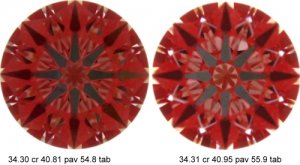
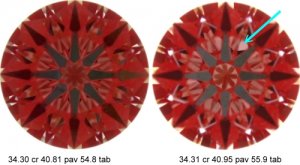
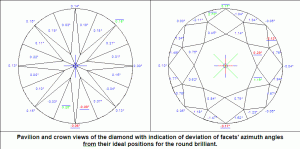
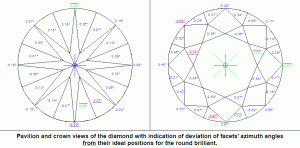
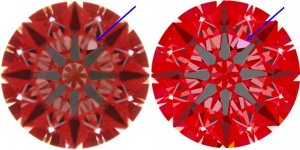
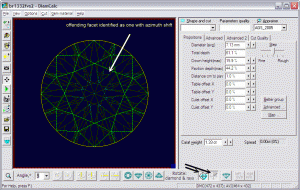
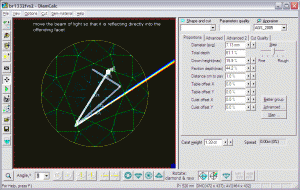
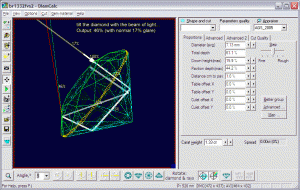
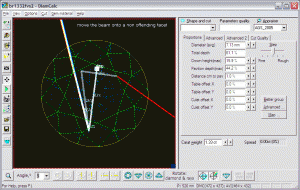


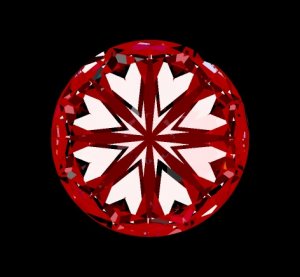
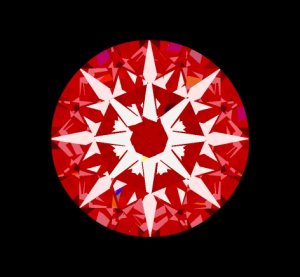
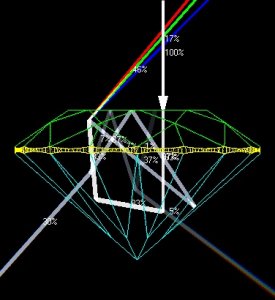
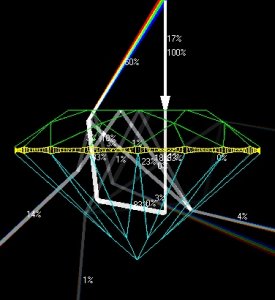


300x240.png)